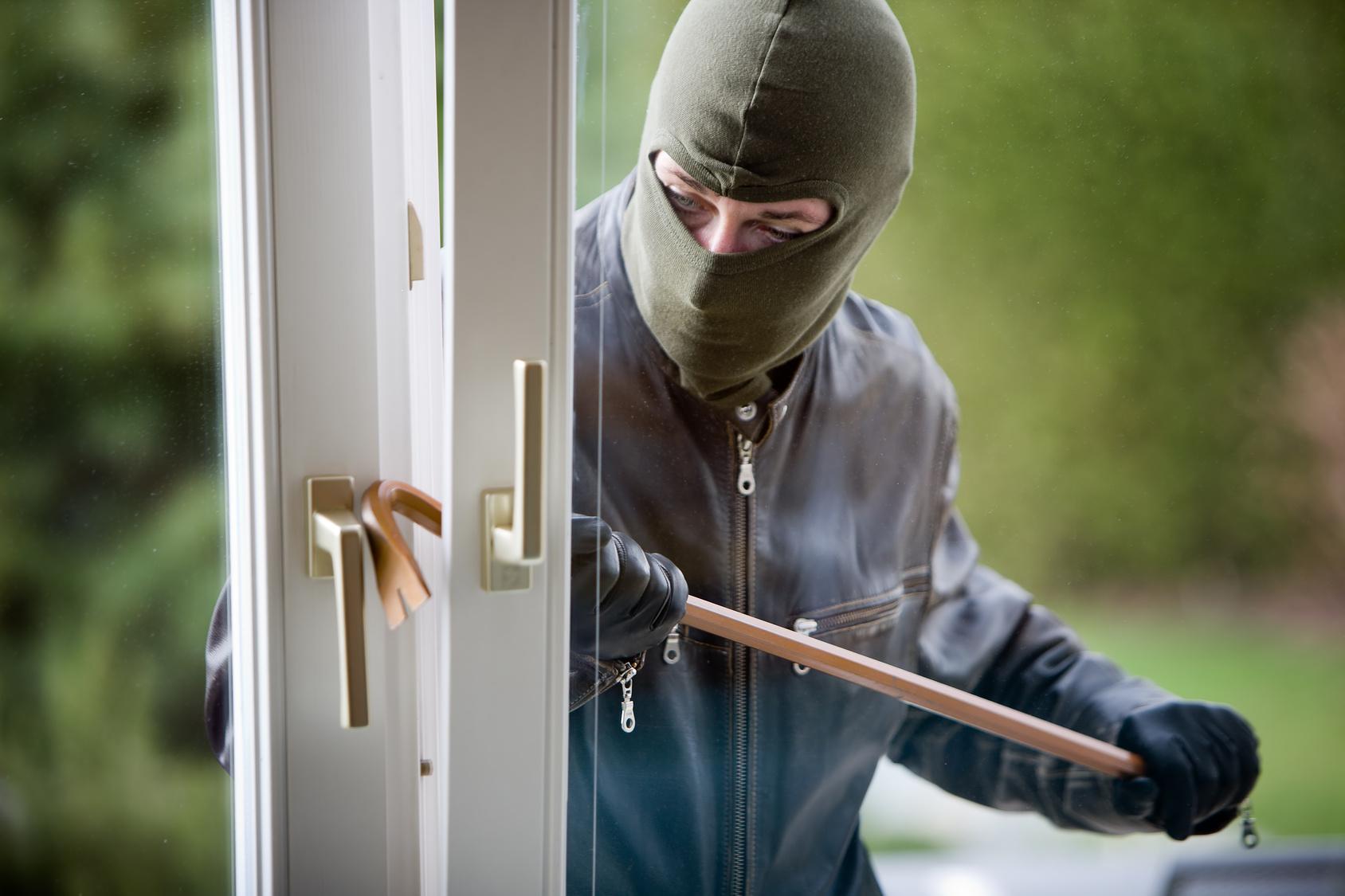
At first, it feels almost too easy. Against the gentle rustling of leaves, I walk through the back gate, across the lawn, and open the door, all of it unnoticed. I am committing a crime in broad daylight – and no one can stop me.
My glee soon turns to a kind of mental fog. I first grab the flat-screen TV, only to drop it on the floor. Time’s ticking by, so I run upstairs, then down, then up again. I bag a laptop, a phone – but in my rush, I’ve missed some of the biggest bounty.
My accomplice, Claire Nee, rolls her eyes. She points to a jacket, hanging on a chair – inside was a wallet, with credit cards and keys, which I could have easily nabbed. Then she points out the iPad I’d left on the chair, and the passports in the drawers. I’m crushed; I’d imagined I would be a rather good burglar.
At least I needn’t worry about being caught by our friends with the talking brooches. The house we’re robbing isn’t real; it’s on a computer screen, part of a virtual reality program that I can control with a mouse. It’s the latest tool that Nee, a forensic psychologist at the University of Portsmouth, has been using to try to get inside the minds of burglars. “In the past, people thought of offenders as impulsive, indiscriminate, opportunistic – they didn’t think they were very clever because they usually aren’t well educated,” she says. And that has been a mistake. Nee has found that burglars have a complex cognitive toolbox of advanced, automatic skills – much like a chess player or tennis star. If we are to prevent future crimes, we’ve got to appreciate that expertise. (continue reading)

